Once a very common sight, the luna moth is considered to be The Luna Moth Life Cycle The luna moth undergoes complete metamorphosis with four life stages egg, larva, pupa, and adult In its early stages the luna moth is a green caterpillar that has hair, spiny tubercles, and a yellow stripe on each side (Holland, 1908;In 1st instar the larva have black stripes on their sides, but it is usually back to solid green by 2nd instar They remain solid green for the rest of their instars, with little change to anything else However, their head turns brown in 4th/5th instar Scenting and Mating The egg becomes a larva or caterpillar, then a pupal stage before the butterfly or moth emerges We are looking at the larva or caterpillar stage, seeking the largest caterpillars in the world Before we enjoy the beautiful varieties of butterflies and moths, these creatures are in a lifecycle phase called caterpillars

Pdf Clicking Caterpillars Acoustic Aposematism In Antheraea Polyphemus And Other Bombycoidea
Luna moth caterpillar stages
Luna moth caterpillar stages-Adult stages of hornworms are heavybodied, strong flying insects known as sphinx or hawk moths However, some local species are popularly known as "hummingbird moths" These moths have a superficial resemblance to hummingbirds inPackard (1914) gave the following lengths for the five instars 1st instar 6 to 8 mm, 2nd instar 9 to 10 mm, 3rd instar 13 to 15 mm, 4th instar 23 mm, 5th instar 65 mm Figure 5 First instar larva of the luna moth, Actias luna (Linnaeus)




Badpests Comluna Moth Caterpillar Life Cycle Habitat Pictures Facts
Luna moth caterpillar, Actias luna, subfamily Saturniinae, family Saturniidae □The caterpillars of the luna moth and polyphemus moth look very similar The most noticeable difference between the two is that the polyphemus moth caterpillar has a large gray "X" on its rear end, and the luna moth does not Luna moth (Actias luna) is one of the most brilliant looking moth species in the region where they exist Adult luna moths display a characteristic hindwing tail, which adds to their unique features Even the luna moth caterpillar is quite eyecatching with its green body, which is
The luna moth undergoes complete metamorphosis with four life stages egg, larva, pupa, and adult After mating, the female luna moth oviposits on leaves of the host plant She may produce as many as 0 eggs in total The eggs hatch in about one weekFullgrown caterpillar of the Luna Moth Pair of Luna Moth caterpillars Luna Moth Luna Moth Mourning Cloak Caterpillar (Nymphalis antiopa) Mourning Cloak Chrysalis Mourning Cloak Butterfly Egg stage of a Monarch (on host plant, milkweed) (eggs hatch after roughly four days) Monarch caterpillar (1stinstar stage) (on host plant, milkweed) (August Fruit, Vegetables, and Plants Although it is obvious that luna moths don't feed, they do forage at their larval stage The plants that luna moths eat are leaves of hickories, persimmons, sumacs, walnut, butternut, and birch In fact, luna moths consume hickory and walnut as their preferred food item when they are caterpillars!
Luna moth caterpillars are herbivores that graze on the vegetation of trees All stages provide food for predators The tails on the hindwings of luna moths apparently disrupt the sonar that hunting bats use to locate the moths The caterpillars of luna moths can make clicking noises and vomit to deter predatorsThe life stages of a luna moth caterpillar and adult are so different, from reproduction, to eating habits, to what time of day they are most active This insect is, by far, one of the most interesting to learn about in its familyThe wingspan ranges from 80mm 115mm (Carter, 1992) This species also exhibits both polyphenism and regional phenotypic variation (Tuskes et al, 1996) In its early stages the luna moth is a green caterpillar that has hair, spiny tubercles, and a yellow stripe on each side (Holland, 1908;




Luna Moth Wikiwand
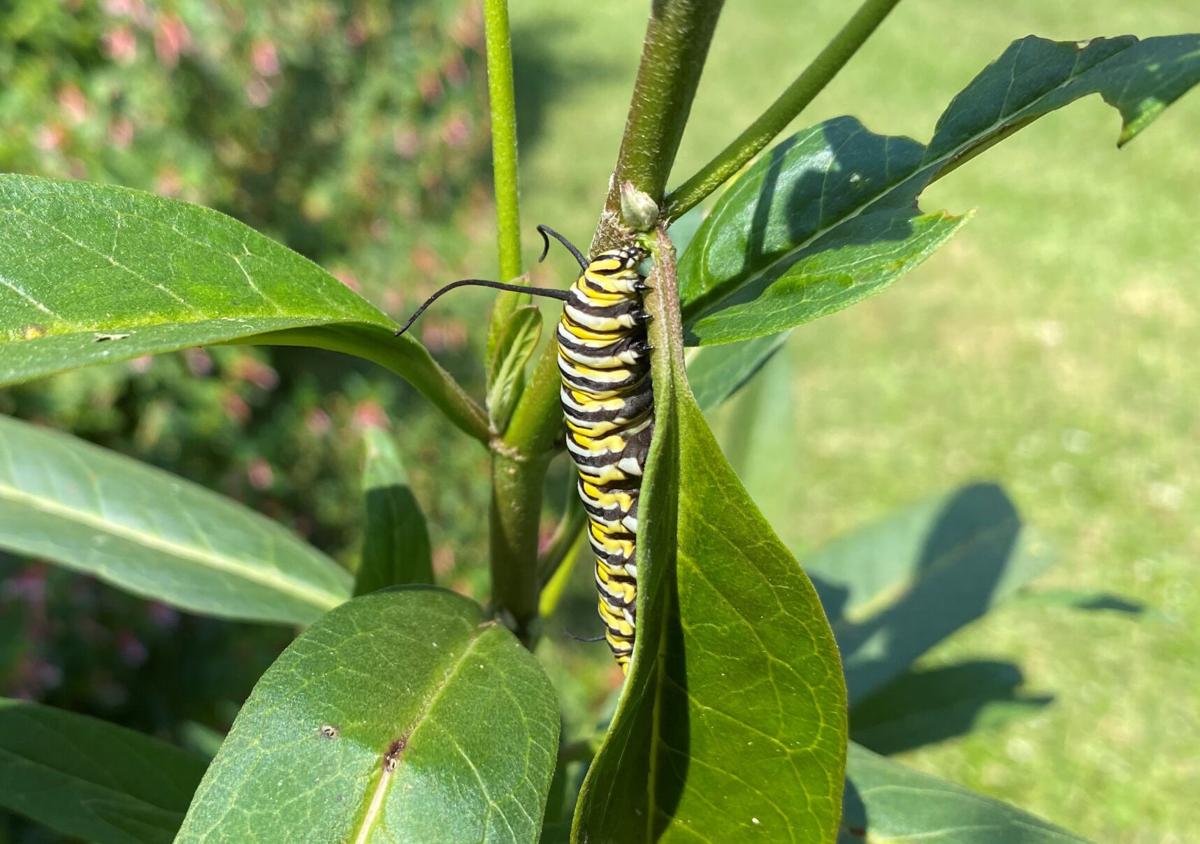



This Is Feeding Frenzy Time For Caterpillars Education Magnoliareporter Com
Luna Moths are generally easy to raise You do need to be careful with them during the first couple of weeks But if you follow these steps, everything should be fine Luna eggs usually hatch about 10 days after they've been laid While you're waiting, you should keep them in a Tupperwaretype container with a tightfitting lid Cecropia Moth Eggs First Instar Second and Fourth Instar Third Instar Fifth and Final Stage Cecropia Going Pooh (Frass) The Cecropia caterpillar eats the leaves of many trees and shrubs, including alder, ash, birch, box elder, Chokecherry, elm, lilac, maple, poplar, Prunus and Ribes species, and willow As with many other silk moths, Luna moths do not feed as adults The food (energy) for the adult stage is stored during the caterpillar stage Since Luna moths do not feed as adults, they do not have a fully functional proboscis (the long slender mouthpart) like found on many other moths and butterflies
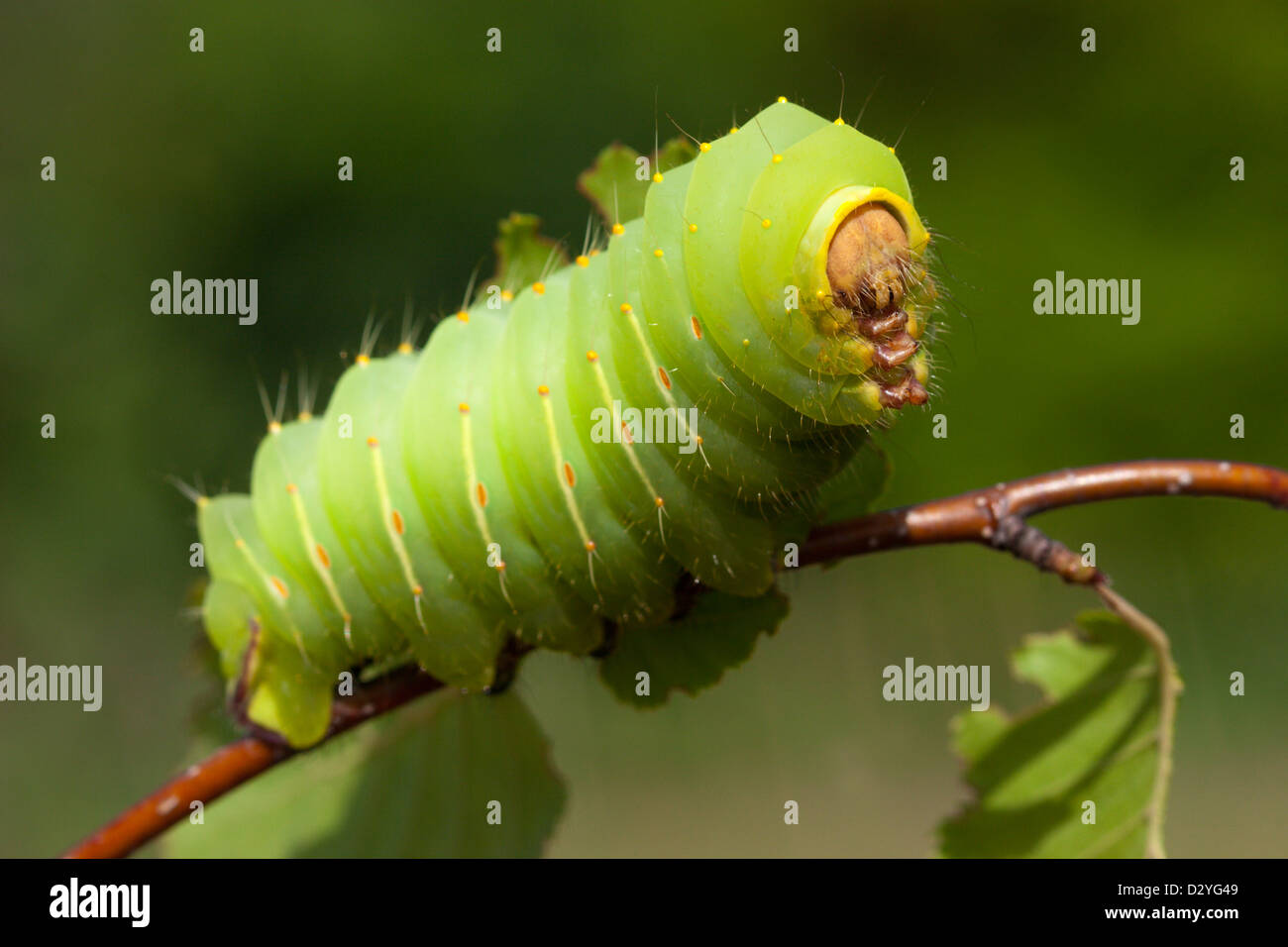



Luna Moth Caterpillar High Resolution Stock Photography And Images Alamy




Luna Moths The Final Chapter 6legs2many
Like all caterpillars, Lunas go through five stages, or "instars" Each time a caterpillar sheds a skin, it enters a new instar It starts to eat and grow faster Further south, the Luna Moth may produce two or three generations Females lay about 0 to 400 eggs, over a period of days Life stages are approximately 10 days as eggs, 6–7 weeks as larvae, 23 weeks as pupae, and one week as adults As with many other silk moths, Luna Moths do not feed as adultsLuna Moth (Actias luna) This large pale green, swallowtailed moth with a clear window eyespot in the front and hind wings makes this one of the most beautiful saturniid moths, much prized by amateur collectors The wing span is about four inches Figure 7 Luna moth The caterpillar is about three inches long and
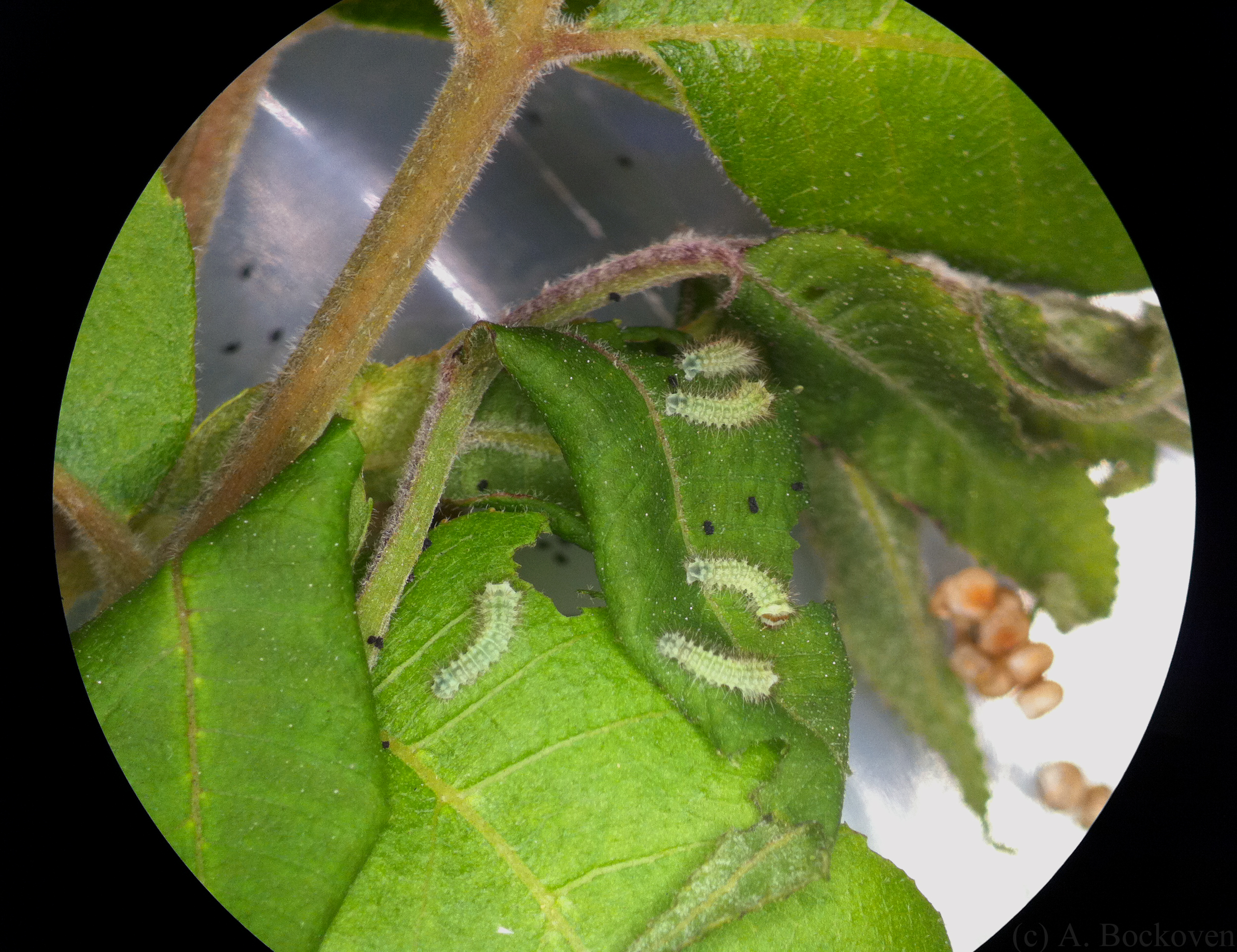



Luna Moths 6legs2many




Luna Moth Caterpillars Or Cocoons Shady Oak Butterfly Farm
Browse 43 luna moth caterpillar stock photos and images available, or start a new search to explore more stock photos and images Luna Moth, The Life Stages Of A Luna Moth Closeup of a large female Luna moth, commonly known as a giant silk moth A caterpillar is the larval stage of a moth or butterfly It is the second part of their fourstage life cycle (egg, larva, pupa, adult) Most caterpillars have cylindrical bodies consisting bodies consisting of multiple segments, with three pairs of true legs on the thorax and several pairs of short, fleshy prologs on the abdomenThis cocoon is still fresh It will darken over time The caterpillar has not yet completed the inner layer which it must do before transforming into a pupa The lighter colored silk at the top is the oneway channel through which the adult moth will emerge next May Once out, it will expand its wings and be ready to fly several hours later




East Texas Natural History News Luna Moth Life Cycle Moth Life Cycle Luna Moth Moth



Luna Moth Life Cycle
A Luna moth spends about ten days as an egg, 67 weeks as a larva, 23 weeks as a pupa, and one week as an adult moth Once the Luna caterpillars emerge from the eggs, they are ravenously hungry and immediately start to feed For the next 67The time taken by a caterpillar in the larva stage depends on moth size, species and the environment Averagely, moths take between 5 to 21 days to cocoon into a fullygrown moth Fourth Stage Adult Moth Growing into an adult moth is the final stage in this life cycle, and the moth now has wings An adult moth is also known as an imagoCycle Of Life Until hatching, the eggs are incubated for 8–13 days The caterpillars eat and grow larger before pupating in a small, silken cocoon woven among the fallen leaves on the soil and emerging as winged adults In some states, there are three broods, with adults traveling from early April to late August
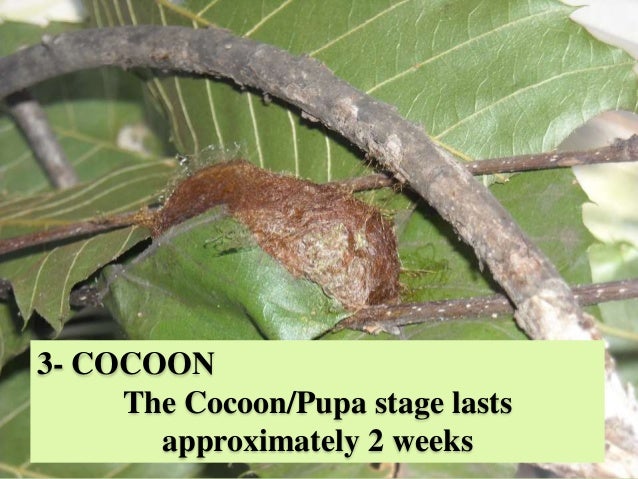



Luna Moth Life Cycle
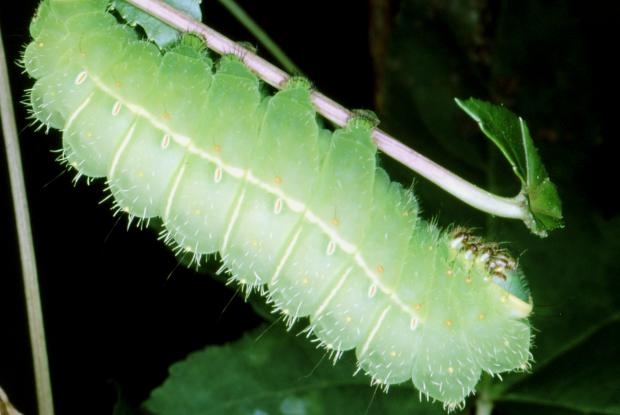



Luna Moth Space For Life
Its doom is certain the adult luna moth has not even been granted a mouth by evolution, so it lives off fat ingested in the last days of its caterpillar stage, mates, and dies in a matter of days The luna moth is named for Luna, Roman goddess of the moon It is a member of the giant silkworm family, one not related to the Oriental silk Luna Moth Caterpillar These bright green fullgrown caterpillars are 55 to 70 mm in length There is a yellowishwhite subspiracle line on abdominal segments one through seven and posterior yellow lines extending across the dorsum of segments one through seven to just above the level of the spiracles Luna moths, especially large larvae and adults, are highvalue targets for insectivores Therefore, luna moths have evolved remarkable adaptations to foil predators The caterpillars are light green, matching the color of the leaves they feed on But when they sense a predator about to strike, the caterpillars abandon attempts at concealment
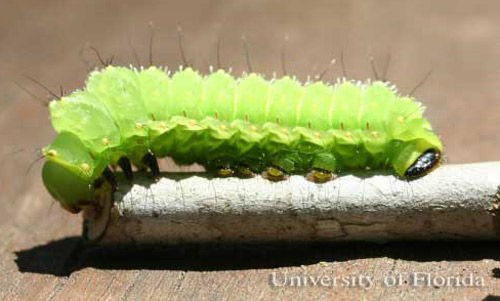



Luna Moth Actias Luna Linnaeus




Luna Moth Caterpillar Funny Facts About Them Pest Wiki
As caterpillars, luna moths go through five different stages of molting, known as "instars" They grow to be about 35 inches long 7 Although it varies during the different larval stages, the caterpillar remains green and has a yellow line down each side of its body with hair and spiny tubercles 8Similar to the other members of the giant silkworm moth family, Luna moths undergo 4 stages of metamorphosis, namely the Egg, Larva, Pupa, and the winged moth It all starts with an egg that hatches in almost 10 to 12 days The larva that emerges from the egg goes through 5 instars before it is ready to pupateThe caterpillars eat and grow all summer, and make their cocoons in August or September They go through the pupa stage – the change from a caterpillar to an adult – inside their cocoons They over winter in their cocoons, and the adults emerge the following spring Luna and Polyphemus moths sometimes go through two generations in one year




Actias Selene Indian Moon Moth Welcome Visitor
/GettyImages-85455257-59af5048519de20010e01544.jpg)



Habits And Traits Of Luna Moth Actias Luna
Luna Moth – Spiritual Meaning The moth and the butterfly represent metamorphosis, the transformation from a caterpillar to a winged insect The word moth in English dialects means soul It was believed in popular folklore that the spirit of a Witch travels in the form of a moth or butterfly In Psyche mythology she is the personification of Of course some caterpillars are venomous and have hairs and spines that can cause serious irritation, but the Luna moth caterpillar is not one of them Lunas are completely harmless at every stage They are also not poisonous toAfter mating, the female will lay between 0 and 400 eggs on the undersides of the leaves of its food plants The eggs hatch after around 14 days As the pupa grows, it sheds its skin every 4 to 10 days, with each stage being known as an 'instar' A luna



Luna Moth




Mosi Outside Luna Moth Life Cycle
Our staff identified them as Polyphemus moth caterpillars (Antheraea polyphemus) and have been rearing the caterpillars and taking pictures as they grow in order to document the different stages These are images of the larval (caterpillar) and pupal (pupa and cocoon) stages of the Polyphemus moth, which is in the family Saturniidae I happen to think Luna Moth caterpillars are also quite attractive Their bright green color almost seems to glow After emerging from their eggs, Luna Moth caterpillars go through five stages (instars) before pupating The larger specimen in the photo above is in its fifth and final instar (Photo by Marvin on 9/8/09) 2 sizes 2 stages This site uses cookies to improve your experience and to help show content that is more relevant to your interests
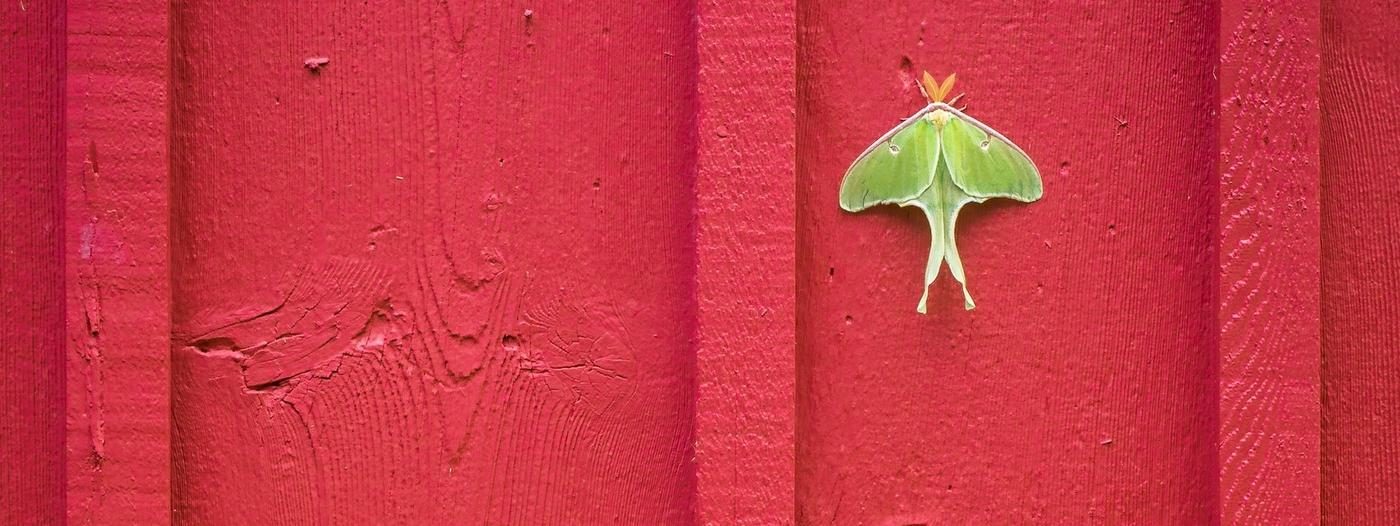



Goddess Of The Moon The Life History Of The Luna Moth Finger Lakes Land Trust
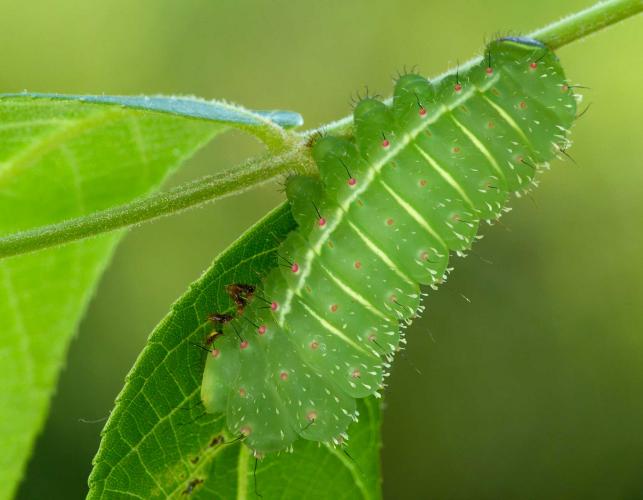



Luna Moth Missouri Department Of Conservation
Caterpillars often cross paths with people when they go looking for these shelters The most famous of these wandering fall caterpillars is the woolly bear caterpillar (aka the Isabella tiger moth), but many others like tussock moths, silk moths (eg Luna, Io, and polyphemus moths), and sphinx moths are also commonly encountered Like each Moth, Luna Moths are the ones that place their eggs on the leaves of the trees on which the caterpillars will feed on Female luna moths will lay nearly eggs during their shorter lifespan The eggs nurture for a week or Luna Moth Caterpillars The large, green swallowtailed moth known as the Luna Moth (Actias luna) is familiar to many Its short life of about a week begins in June when it emerges from its cocoon, mates, lays eggs and then dies The larval stage of this giant silk moth is not as well known, but has just as striking an appearance as the adult moth




Lepidoptera Life Cycles The Luna Moth Actias Luna Dave The Bug Guy




Luna Moths Life Cycle Images Kuhn Photo
Luna caterpillars are hosts for a number of insect parasitoids in the families Tachinidae, Ichneumonidae, and Pteromalidae (Tuskes et al 1996, Kellog et al 03) All luna moth stages also are subject to predation by a variety of invertebrates and/or vertebrate predators The adults are not even safe at nightAnswer The Luna moth's declining numbers in some areas can be attributed to a variety of factors, including parasitic predation (the Tachnid fly introduced in some areas to prey on gypsy moths and tent caterpillars also attacks the Luna moth caterpillar,) foliar spraying and habitat destruction Like butterflies, moths start life as a caterpillar, or moth larvae A moth's life cycle starts when the female moth lays eggs After a few days, larvae or caterpillars hatch, and they voraciously gorge on plant matter to increase body size Then during the pupal stage, the moth caterpillar metamorphoses into a moth




Luna Moth Home Garden Information Center
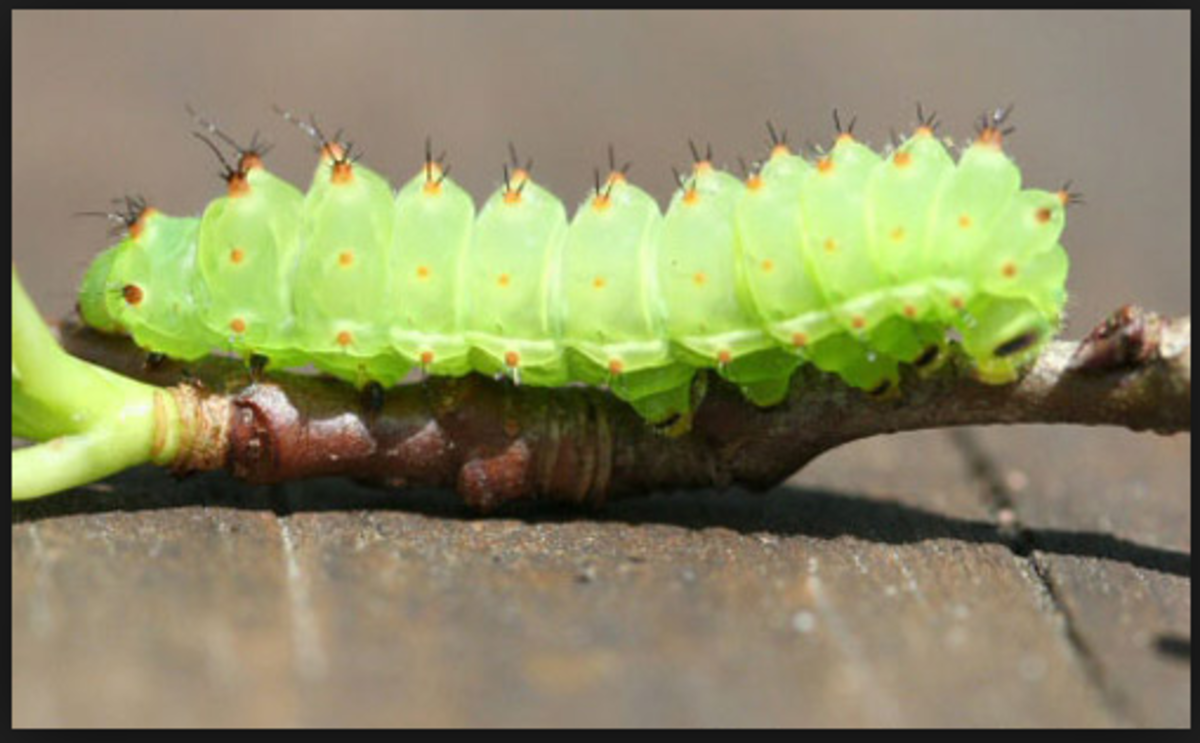



Green Caterpillar Identification Guide 18 Common Types Owlcation
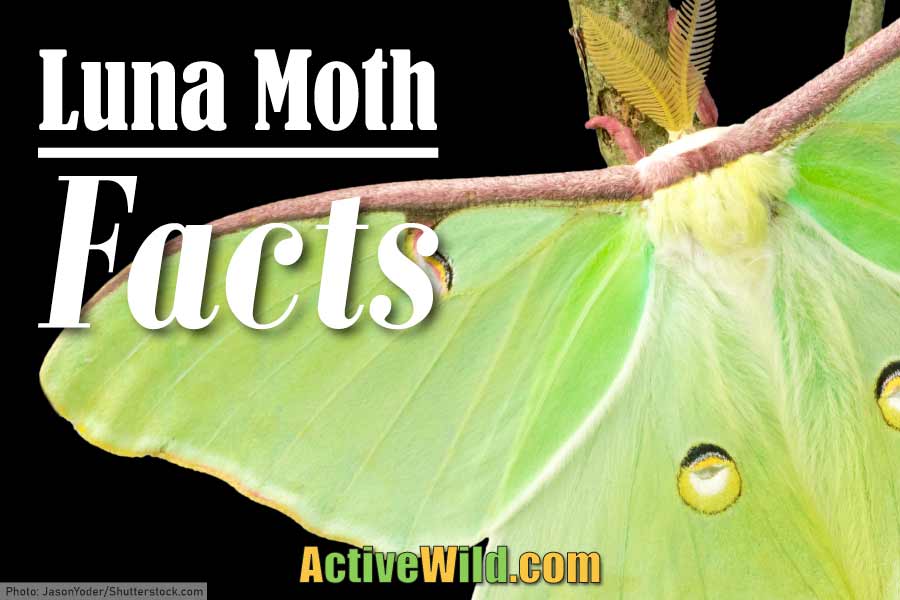



Luna Moth Facts Luna Moth Pictures And Information Discover One Of The Largest Moths Of North America Active Wild



Luna Moth Actias Luna




Stock Illustration The Life Stages Of A Luna Moth Actias Luna Luna Moth Moth Illustration Moth Life Cycle




Moth Metamorphosis Kit 2 Luna Moths Shady Oak Butterfly Farm




Life Cycle Of A Luna Moth Safariology Safari Ltd
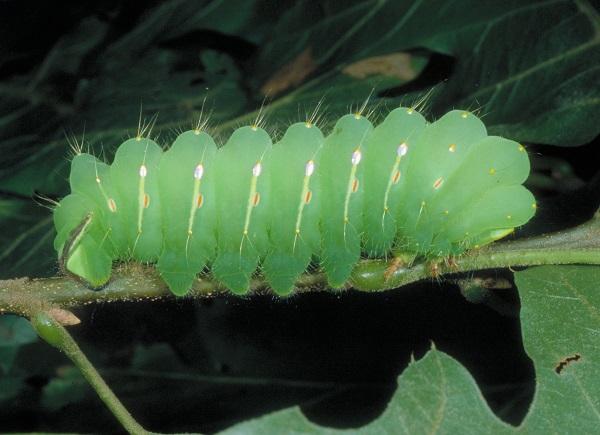



Saturniid Moths Entomology
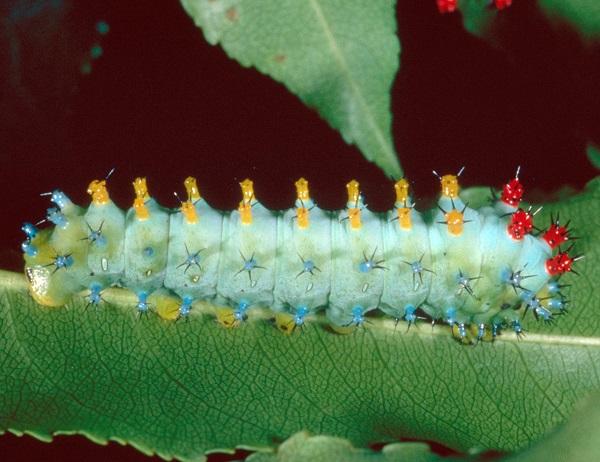



Saturniid Moths Entomology




Luna Moth Caterpillar Funny Facts About Them Pest Wiki




Mosi Outside Luna Moth Life Cycle




Luna Moth Caterpillars Youtube



2
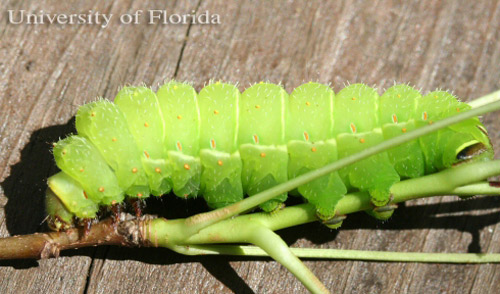



Luna Moth Actias Luna Linnaeus




Lifecycle Of A Chinese Luna Moth The Kid Should See This
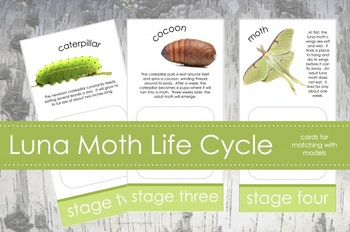



Life Cycle Of A Luna Moth Montessori Matching Activity For Models
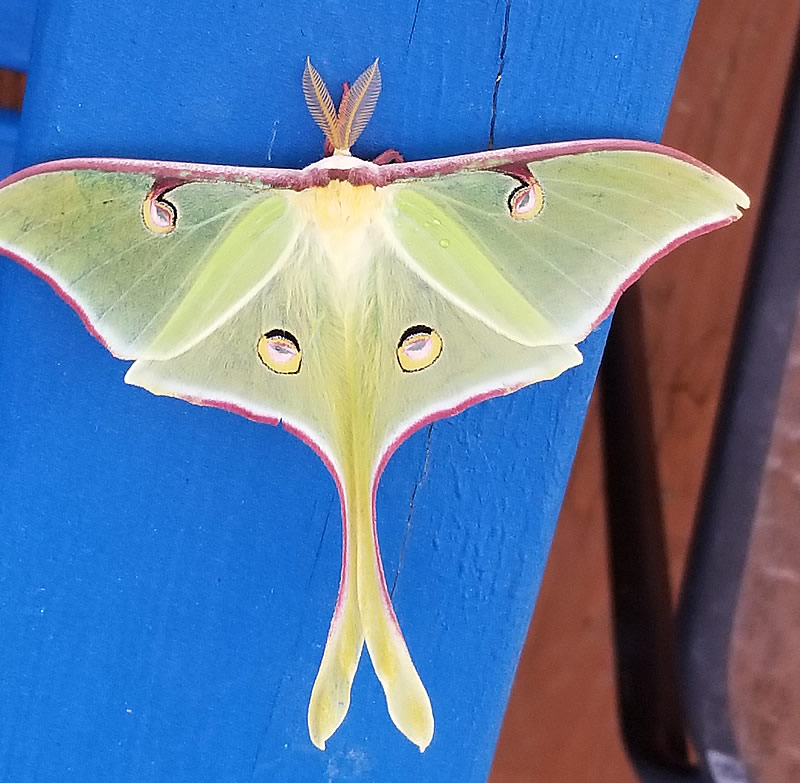



Luna Moth Characteristics Size Photographs Life Span




Wonderfully Interesting Facts About Luna Moths Animal Sake



Luna Moth Creationwiki The Encyclopedia Of Creation Science




171 Luna Moth Photos And Premium High Res Pictures Getty Images




Dna And The Cycle Of Life Part One Mcgeehome



3




How To Get Rid Of The Luna Moth Caterpillar How I Get Rid Of



1




Moth Chinese Luna Twolfephotos
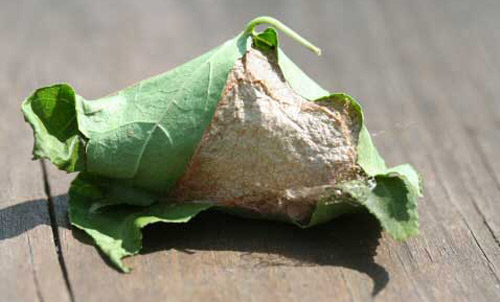



Luna Moth Actias Luna Linnaeus



Giant Silk Moths In The Classroom




The 12 Largest Caterpillars In The World Az Animals




Watch This Caterpillar Turn Into A Chinese Luna Moth The Dodo Youtube




Luna Moth Caterpillar Growth Stock Image Image Of Final Aging




Luna Moth Life Cycle Mymy Butterfly



Big Green Monster Luna Moth Caterpillar
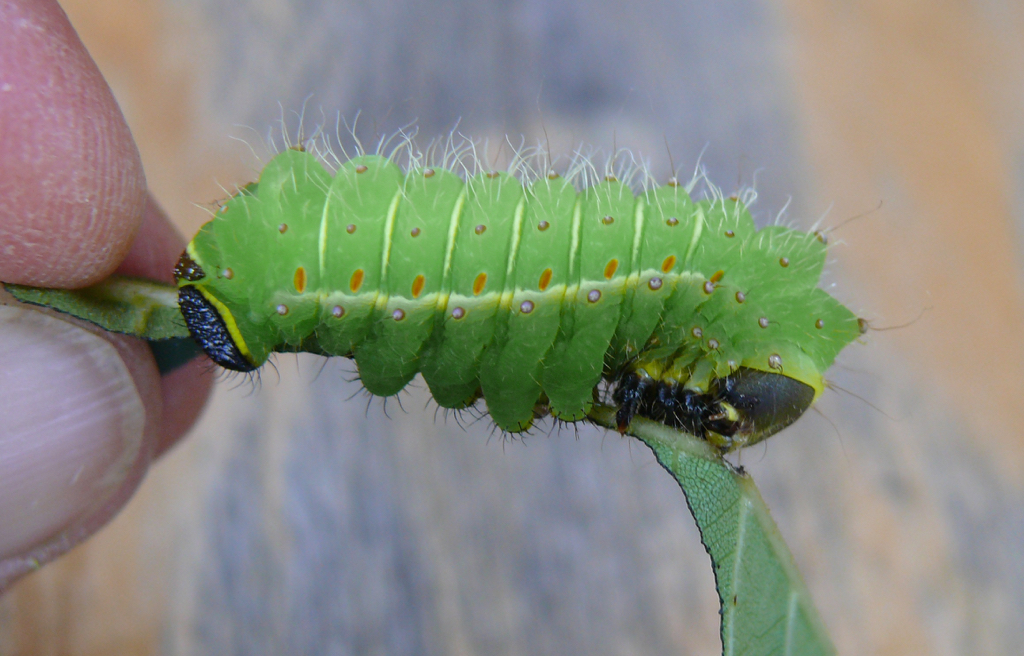



Raising Giant Silkmoths Cecropia Polyphemus Promethea Luna Prairie Haven




Luna Moth Home Garden Information Center




Cecropia Moth Caterpillar Stages Instars Beauty On The Wing




Pdf Clicking Caterpillars Acoustic Aposematism In Antheraea Polyphemus And Other Bombycoidea



How To Care For A Luna Caterpillar Animals Mom Com




Luna Moth Caterpillar Growth Stock Image Image Of Final Aging




Luna Moth Actias Luna Linnaeus
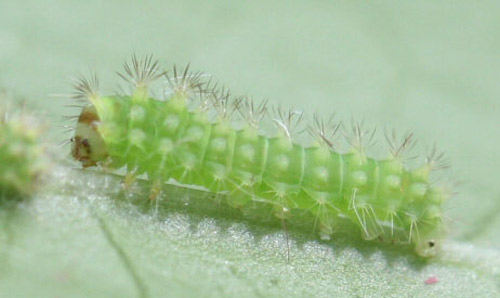



Luna Moth Actias Luna Linnaeus




Isolated Molting Caterpillar Stage Of Atlas Butterfly Atlas A Stock Photo Download Image Now Istock




Raising Luna Moths Nature Into Action




Luna Moth Missouri Department Of Conservation



Caring For Luna Moth Caterpillars By Pat Schuler The Butterfly Lady Bedfordbulletin Com
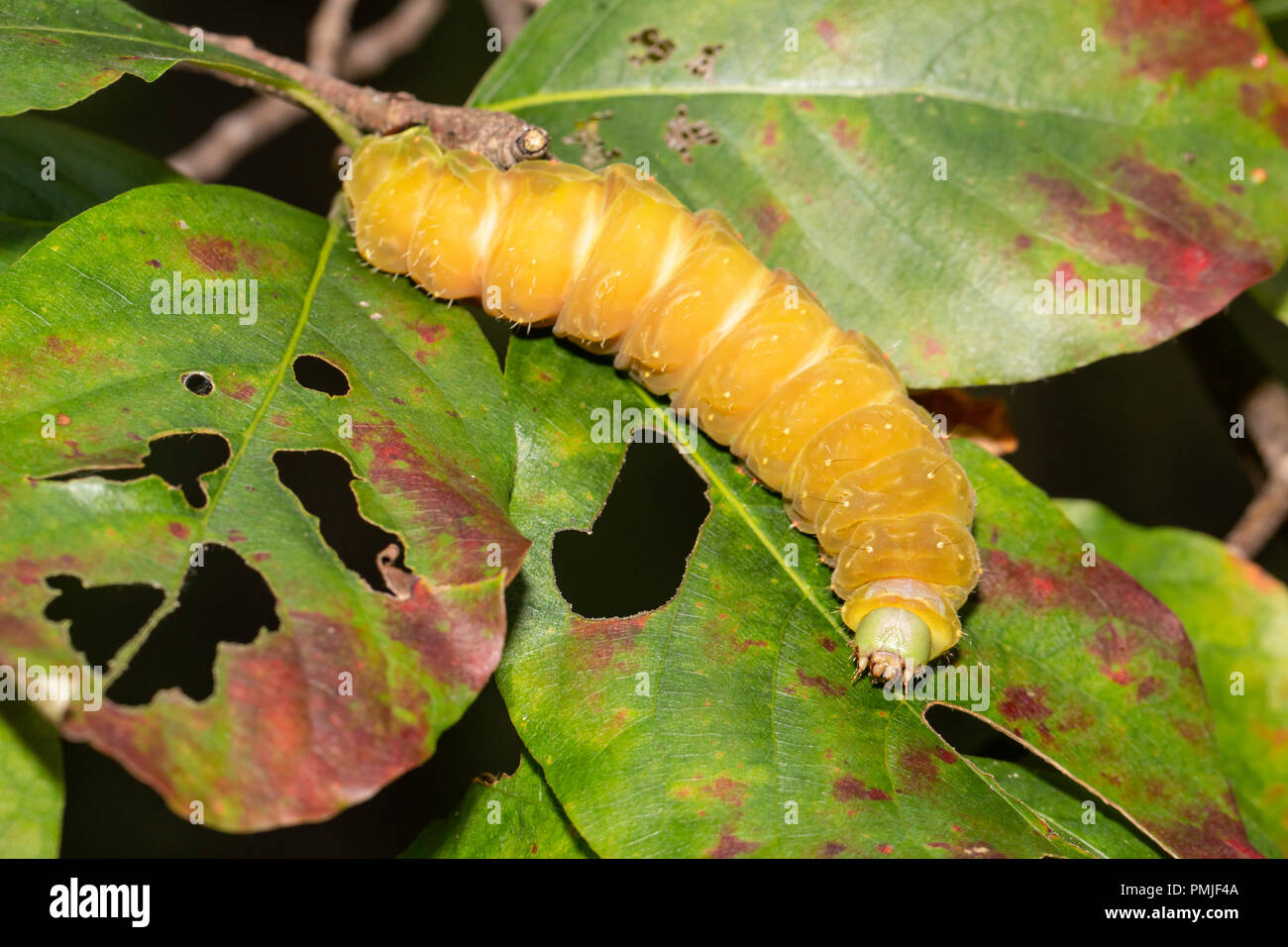



Luna Moth Caterpillar High Resolution Stock Photography And Images Alamy



Safari Ltd The Life Cycle Of Luna Moth Shopee Indonesia




Moth Life Cycle 4 Life Stages Of A Moth 18 Pest Wiki




43 Luna Moth Caterpillar Photos And Premium High Res Pictures Getty Images



The Luna Moth
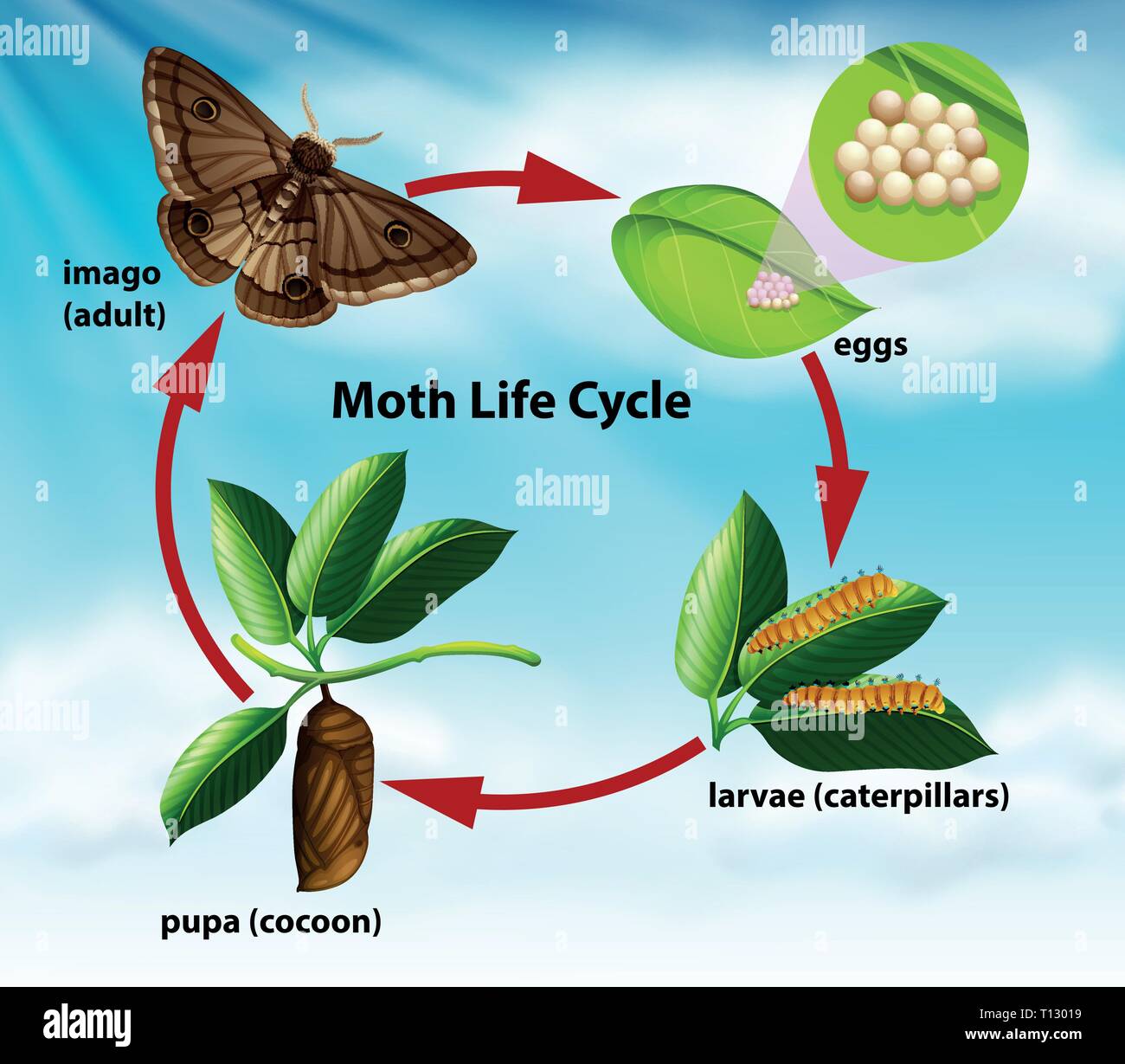



Moth Life Cycle High Resolution Stock Photography And Images Alamy
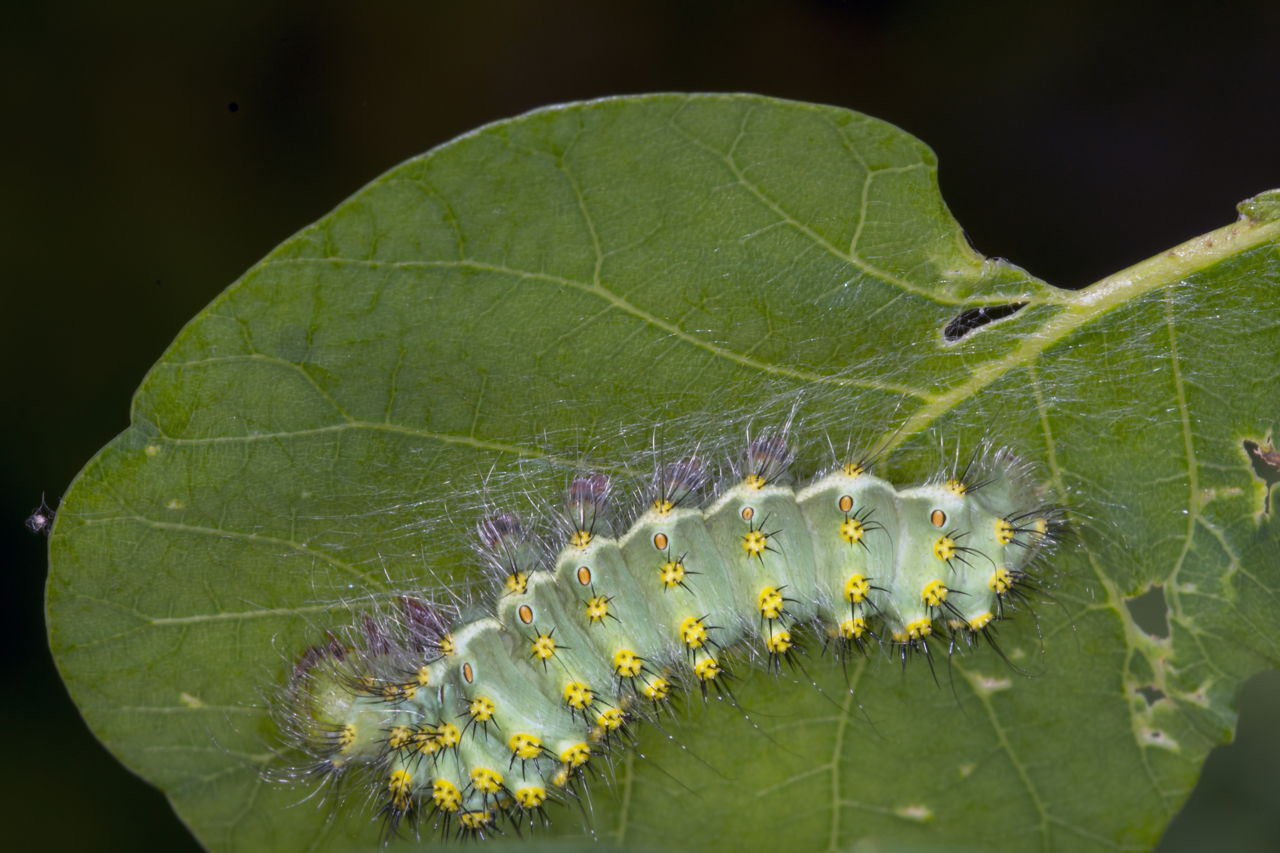



Wonderfully Interesting Facts About Luna Moths Animal Sake
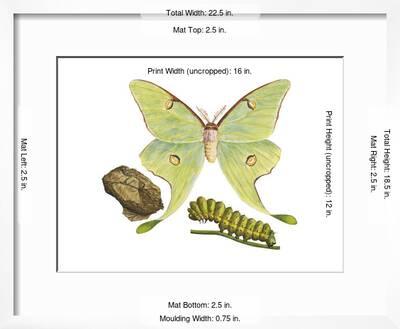



Luna Moth Caterpillar And Pupae Actias Luna Insects Poster Encyclopaedia Britannica Allposters Com




Luna Moth Caterpillar Developed It S Cocoon On The Glass Stock Photo 4bdb7e4e 8baf 4bac 9247 0dee6aab7905




Luna Moth Home Garden Information Center
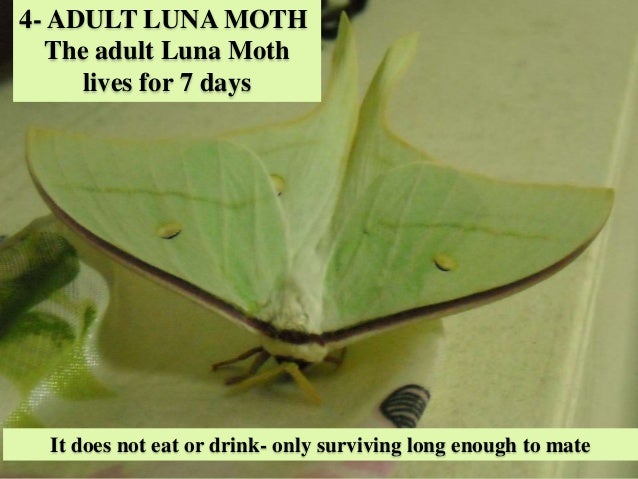



Luna Moth Life Cycle
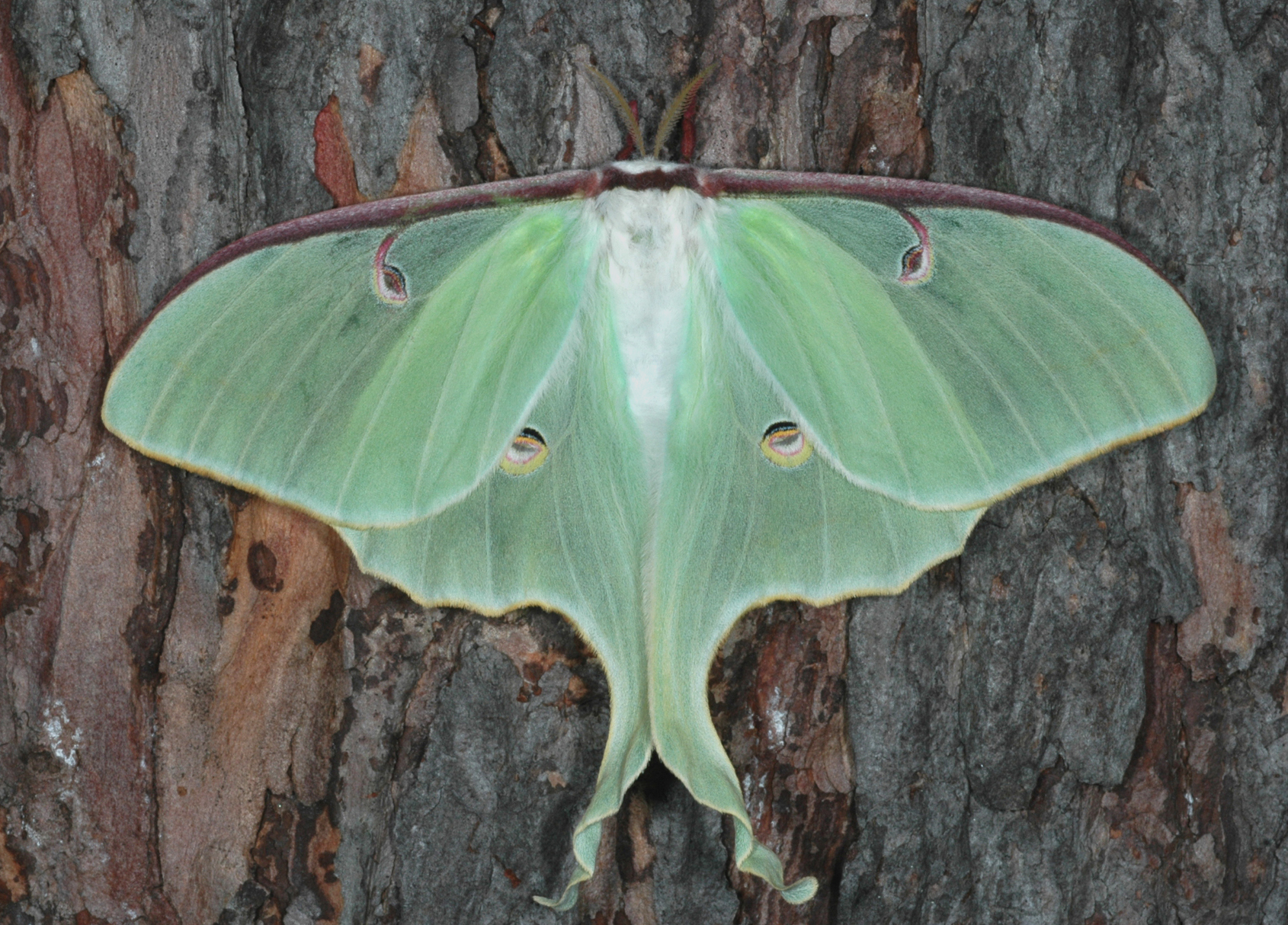



Luna Moth Space For Life



Luna Moth Life Cycle Video Dailymotion




Luna Moth Caterpillar Actias Luna The Luna Moth Caterpil Flickr
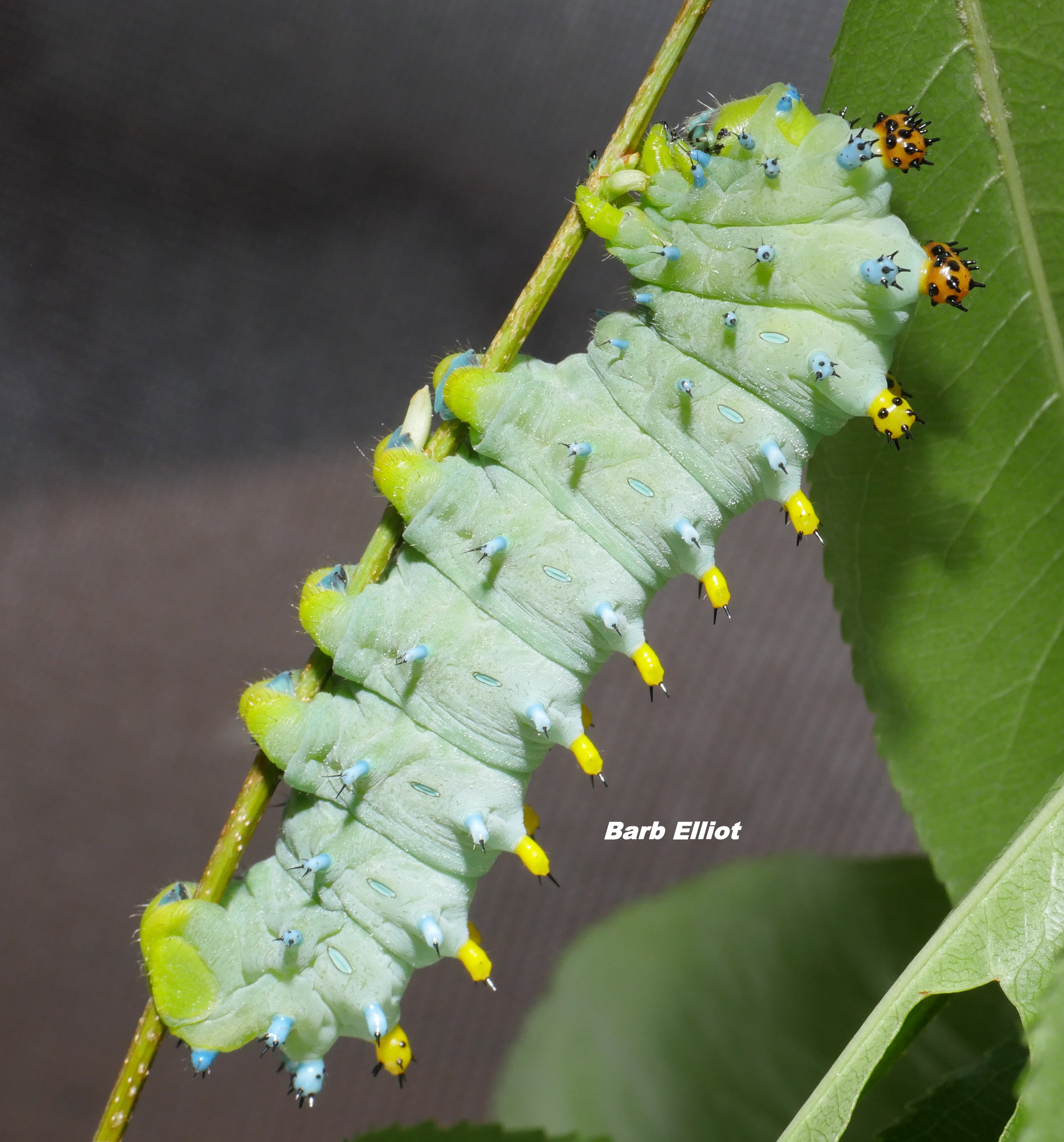



Cecropia Moth Backyardsfornature Org



File Actias Luna Spinning Sjh Jpg Wikimedia Commons




Luna Moth Cecropia Moth Polyphemus Moth Io Moth Riverside Native Trees




Luna Moth Life Cycle Animal Hype
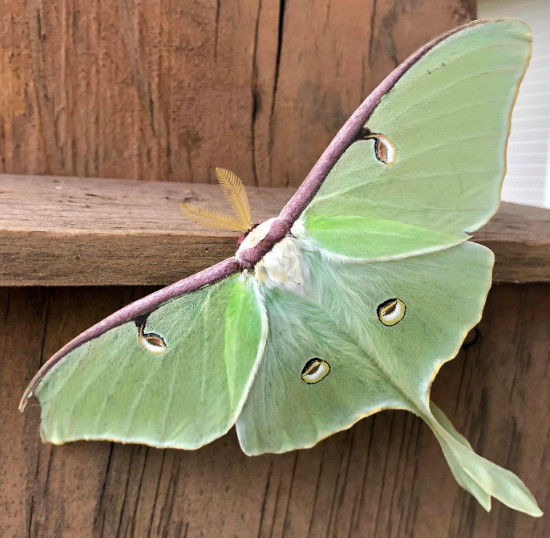



Luna Moth Characteristics Size Photographs Life Span



1
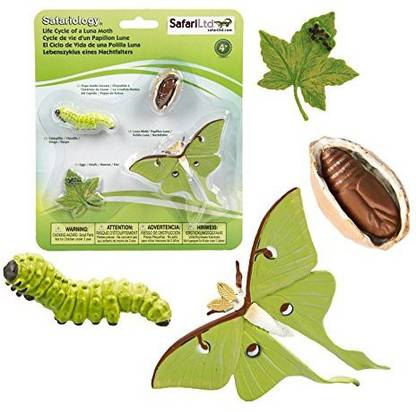



Safari Ltd Life Cycle Of A Luna Moth 4 Stages Of Life Price In India Buy Safari Ltd Life Cycle Of A Luna Moth 4 Stages Of Life Online At Flipkart Com




Luna Moth Life Cycle




Biology Life Cycle Of A Butterfly Level 2 Activity For Kids Primaryleap Co Uk
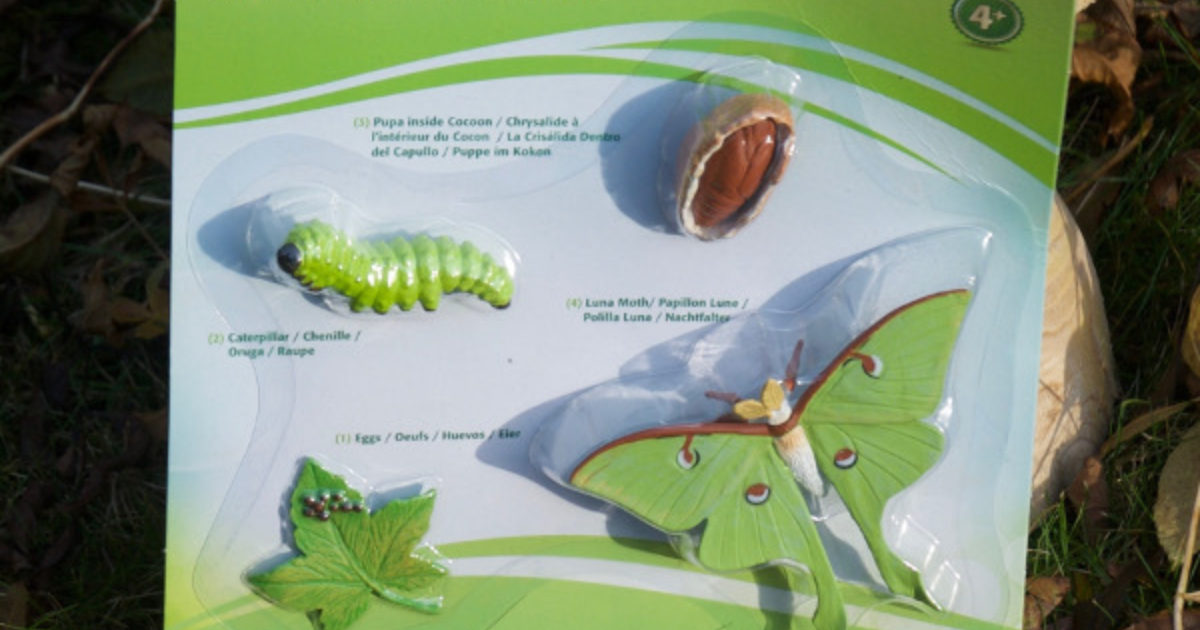



Life Cycle Of A Luna Moth Muddy Faces




Badpests Comluna Moth Caterpillar Life Cycle Habitat Pictures Facts



Raising Lunas Caterpillars Shamrock S Gardens
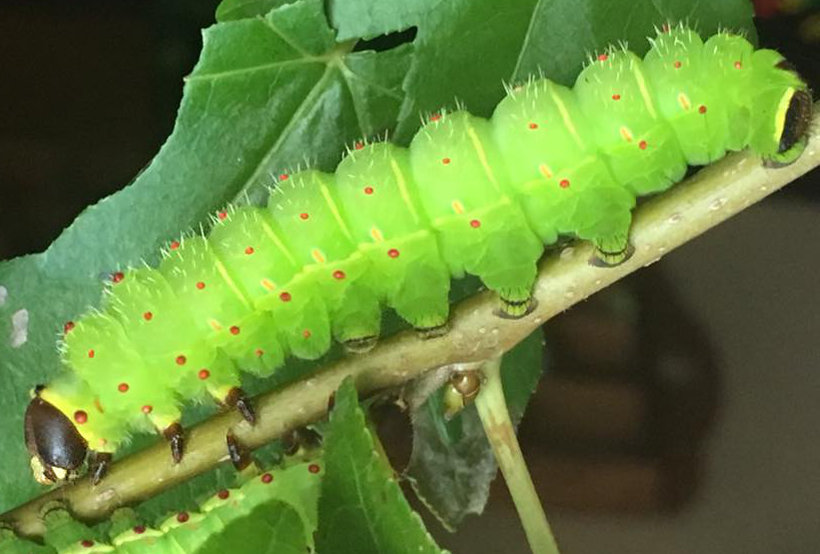



Luna Moth Characteristics Size Photographs Life Span



Goddess Of The Moon The Life History Of The Luna Moth Finger Lakes Land Trust



Luna Moth
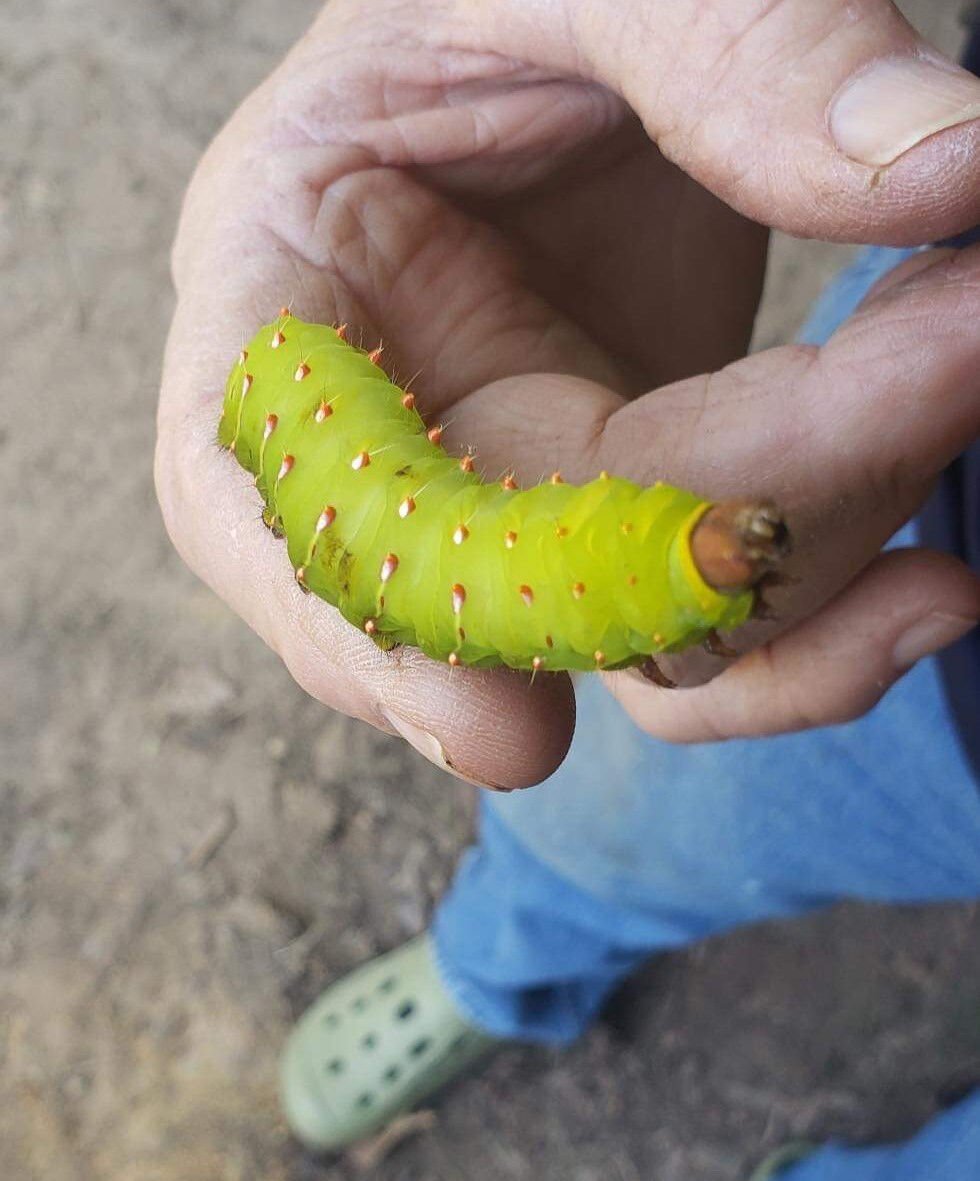



This Is Feeding Frenzy Time For Caterpillars Education Magnoliareporter Com



The Luna Moth



Luna Moth Life Cycle
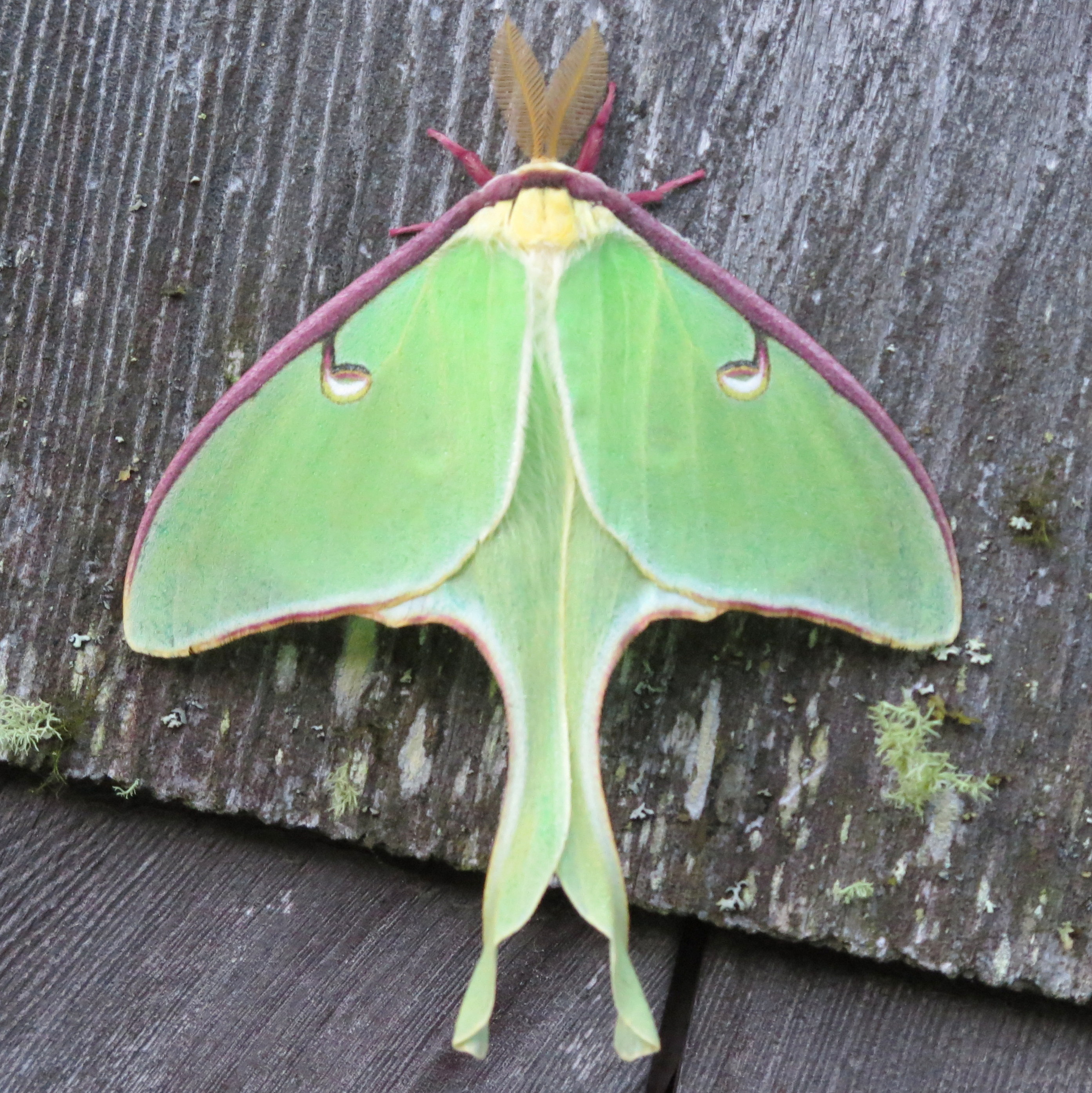



Luna Moth Wikipedia



Lifecycle Of Luna Moth Luna Moth




Le14 025x Jpg Kuhn Photo




Luna Moth Caterpillar Molting And Eating Skin Actias Luna Youtube




Night Flyers North American Silk Moths Face Invasive Challenge Articles Features




Five Facts About The Luna Moth The Infinite Spider




Luna Moth
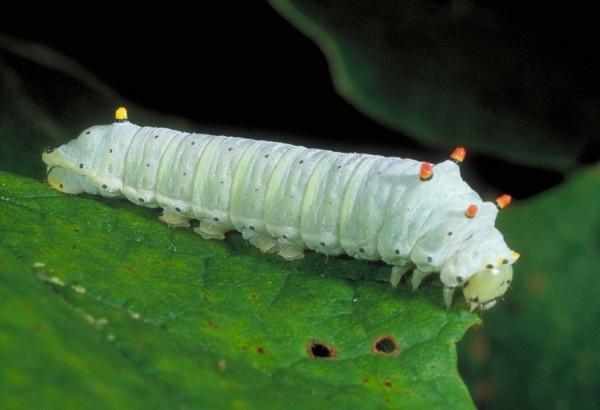



Saturniid Moths Entomology



0 件のコメント:
コメントを投稿